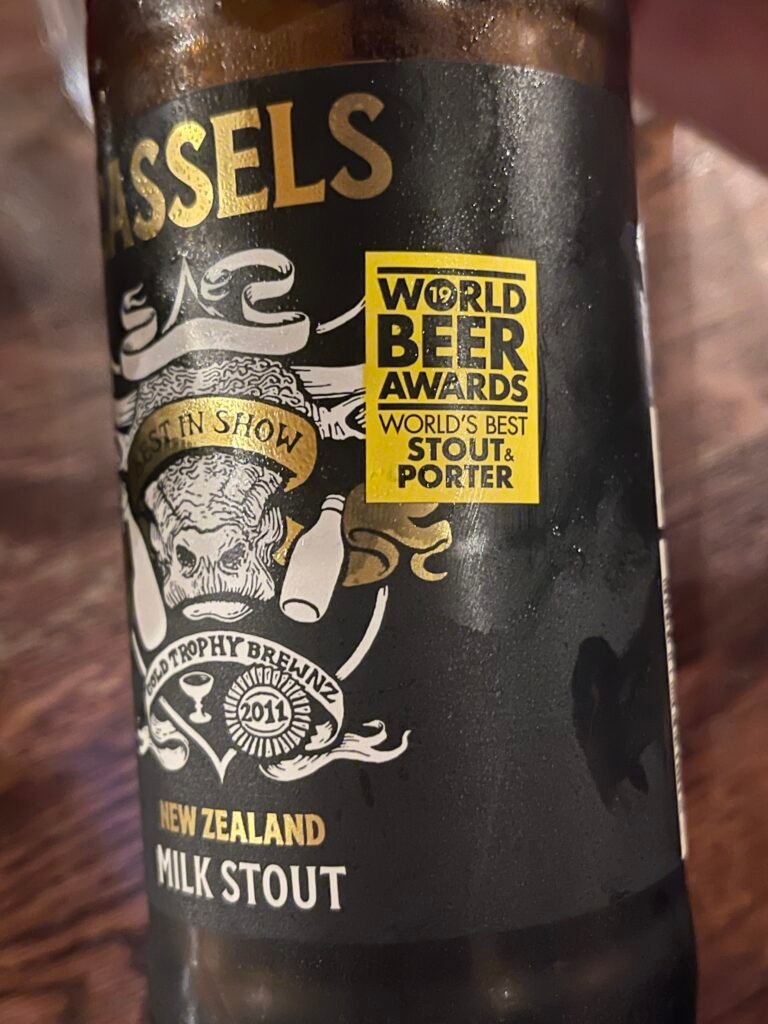Yesterday, we had a long drive to visit our last city on this fabulous tour, Auckland, the most populous city in New Zealand.
On the coach Catherine mentioned again over the microphone how proud she was that I overcame a fear and conquered the swing bridge in the Redwood Forest. Everyone cheered! I said, “I’m still recovering…but thank you!” Too funny.
Our first stop was the Arapuni Swing Bridge, (yes…a swing bridge) located not far from the Arapuni power station. It has a span of 499 feet and is 178 feet above the gorge. I went to the bridge to see if I could walk across it. Yeah…no!!! The bridge was bouncing, the view to the bottom was death defying, and I only went one foot on it and turned around. Allan did go partway out to take a quick photo. The bridge was built in the 1920’s to allow workers access to the power station construction site.
Our next stop was Sanctuary Mountain that has one of New Zealand’s largest fenced in eco-sanctuaries and one of the world’s longest pest-proof fences. It is the habitat of many endangered wildlife.
Our guide explained how the fence works to keep predators out of the forest so that the endangered wildlife will have a chance at survival. Xcluder is the factory that manufactures the fencing and after many trials, they built a fence that does not allow pests to jump over, climb over, dig under, or get through. Here are some fence facts that were on a sign at the Sanctuary:
- The fence includes more than 850,000 staples, 50,000 battens, 8,500 three metre posts and 240km of high tensile wire
- An electronic surveillance system operates 24 hours per day to detect fence breaches
- The volunteer effort in maintaining the fence and monitoring pests involves more than 250 hours per month and the equivalent of 37 full time staff. If the fence has been breached, a volunteer is there within 90 minutes to catch the intruder.
The kiwi in the sanctuary were endangered at first, but now, the kiwi living in the forest have multiplied and the forest is now overpopulated with them. This year the sanctuary is going to have 300 kiwi moved to other conservation projects around the North Island. This is a world first in terms of scale and complexity.
Before we were allowed to enter the forest, we had to brush off our shoes and walk on a box that splashed water on the bottom of our shoes to clean them. Then only a few of us could go into a kind of cage-like area at a time. As we entered, we had to close the door before we opened the next door to enter the forest. This was so that pests outside the fence couldn’t sneak in with us.
Our guide was wonderful as we hiked through the forest with its gorgeous foliage, ferns, huge trees, and birds singing all throughout. Often our guide would pause and we all remained quiet so we could hear the chattering of the avian life. We heard kiwi as well as ruru, kaka, and many other bird calls. Our guide pointed out unusual mushrooms, fungi, berries, and told us about a tree (can’t remember the name) whose leaf can be used for toilet paper in the bush. Years ago, since the leaf has a whitish back, people used it as a postcard and mailed it, but the post office no longer allows that practice.
We had a nice lunch and then it was on the bus for the ride to Auckland. On the way, Catherine talked about the government in New Zealand and about taxes etc. People think New Zealand doesn’t have taxes, but that isn’t true. There’s something called a pay rate that goes for maintenance for the parks, rubbish collection, roads, etc. That tax is paid to the local government. The income tax is a separate tax that goes toward education and medical care.
Schools are rated 1-10 with 1 being in the poorest of the poor areas to 10 being the affluent areas. The lower number school gets subsidized by the government and the children get extra curricular schooling, breakfast and lunch programs, books and anything they need for the kids to succeed. The #10 schools… parents raise money on their own with fundraisers as they do not receive monies from the government. The money raised goes towards helping the kids study abroad, extracurricular activities, etc. Sadly, the #1 school kids have it tough and some just drop out because their parents are so poor, they don’t have the incentive to help their kids succeed.
Between 1970 and 1982, if a child had an accident or became incapacitated, the child was forcibly taken from the parents and put into a psychiatric facility, even if the child had no mental problems. The children were given shock treatments and were abused, and neither the parent nor the child had a voice. Catherine spoke from experience as her younger brother was hit by a car when he was 6. He was paralyzed on one side. The government took him and put him in a psych ward and he was given shock treatments. Visiting was very limited, so her parents were not able to do anything for him. Her brother died in the facility and now she is a member of a group that monitors asylums to make sure what happened years ago never happens again.
We passed a lot of cattle on the way and we noticed that some of the cattle had orange paint on their backsides. Catherine told us that the farmers castrate some of their bulls. They also paint the tails of the cows orange. This tail painting can be a reliable tool to tell when a cow is in heat. Even though the bull is castrated, he will still want to mount the cow and then the paint rubs off the cow telling the farmer she’s in heat. The farmer then paints that cow green…meaning she’s good to go and the farmer brings in a bull that hasn’t been castrated to do the job. Tail paint apparently is a tried, tested and proven method and one I had never heard of before.
We finally arrived in Auckland which is a very busy city. Lots of people and traffic. High priced stores like Bulgari, Patek Philippe, Dior, and many more. We took a short walk around and then went to a restaurant called Occidental for a delicious dinner of green-lipped mussels. Allan and I also enjoyed a dark stout beer.
Today we have a tour of the city by coach and we then have the rest of the day free to explore. Our Farewell Dinner will be tonight, so I will write about today’s happening later tonight.
BTW…regarding the kiwi, here is an interesting article you might like to read: https://www.1news.co.nz/2024/05/01/surreal-leonardo-dicaprio-praises-kiwi-conservation-group/
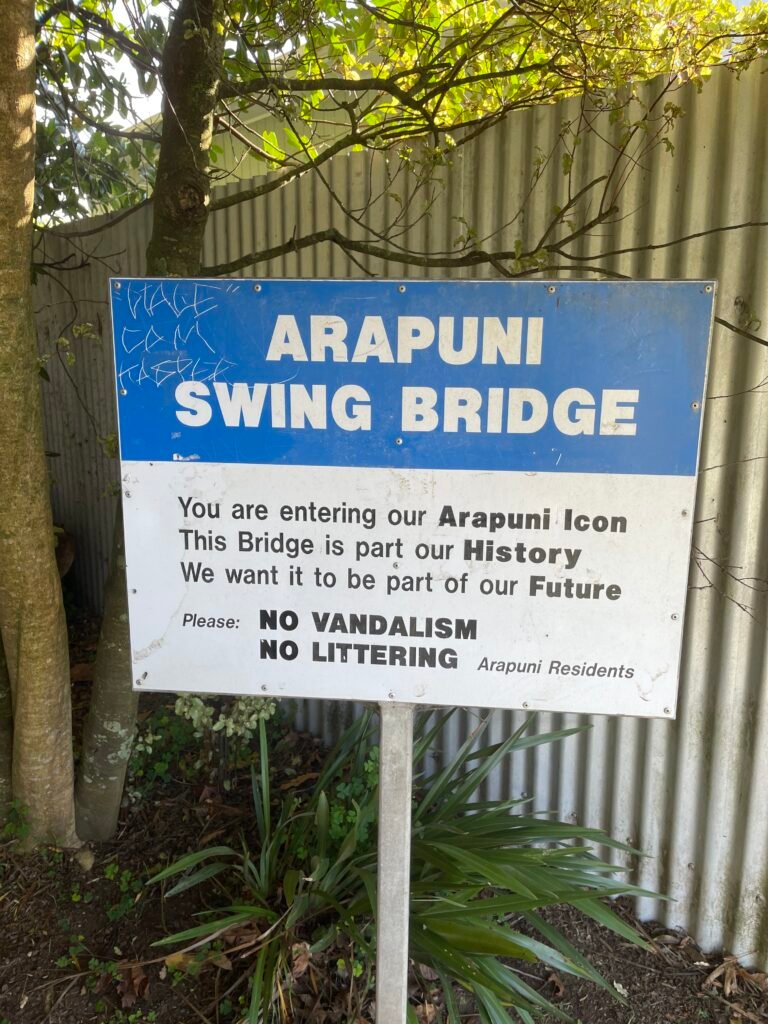
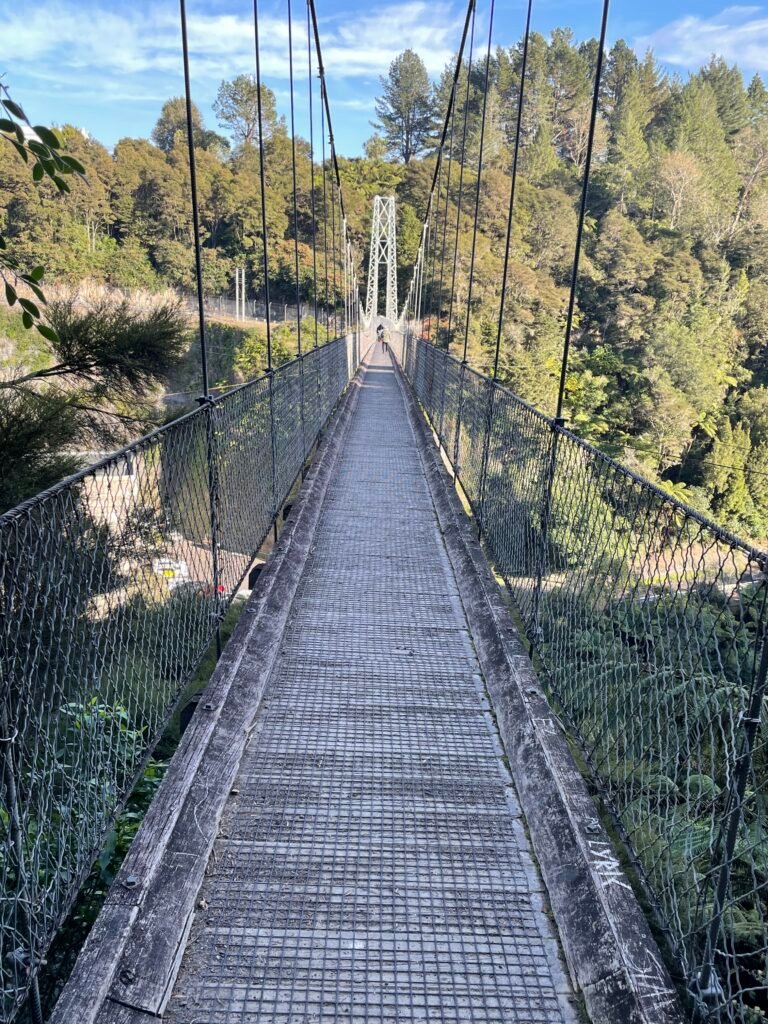
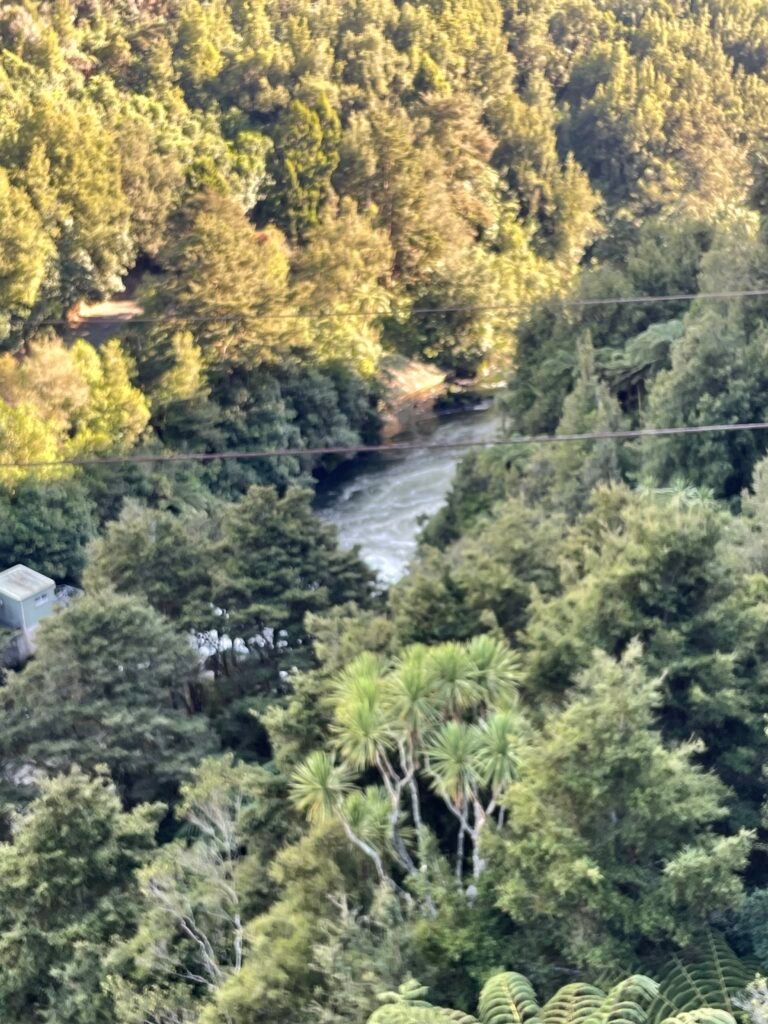
The gorge below
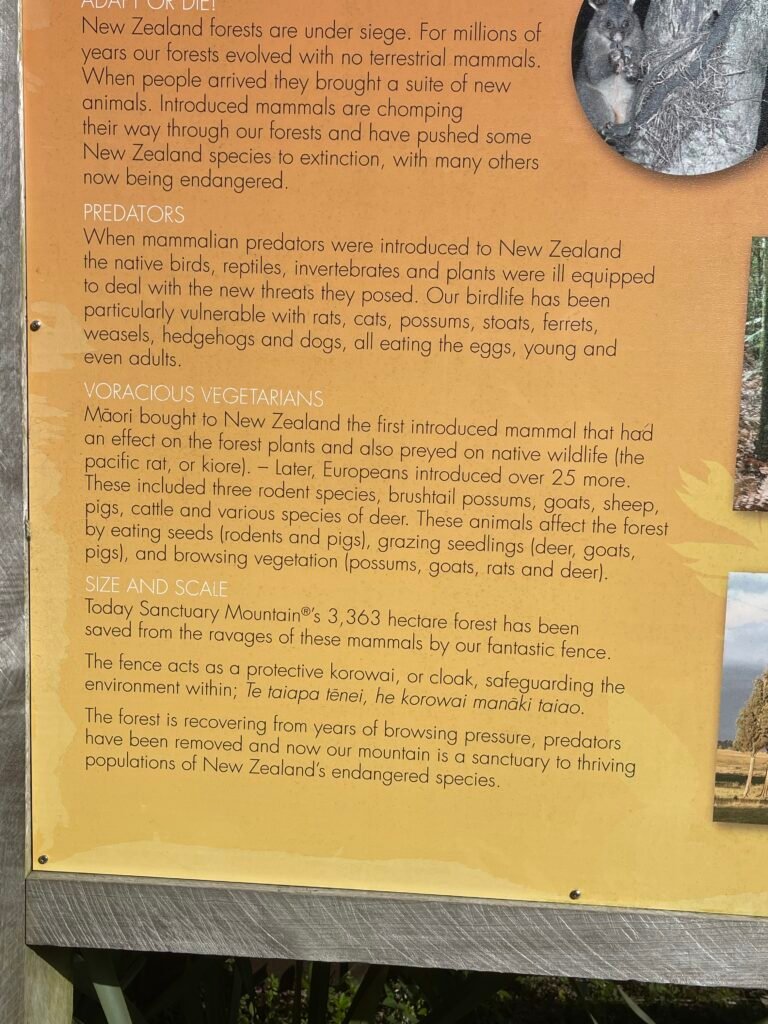
Sanctuary Mountain

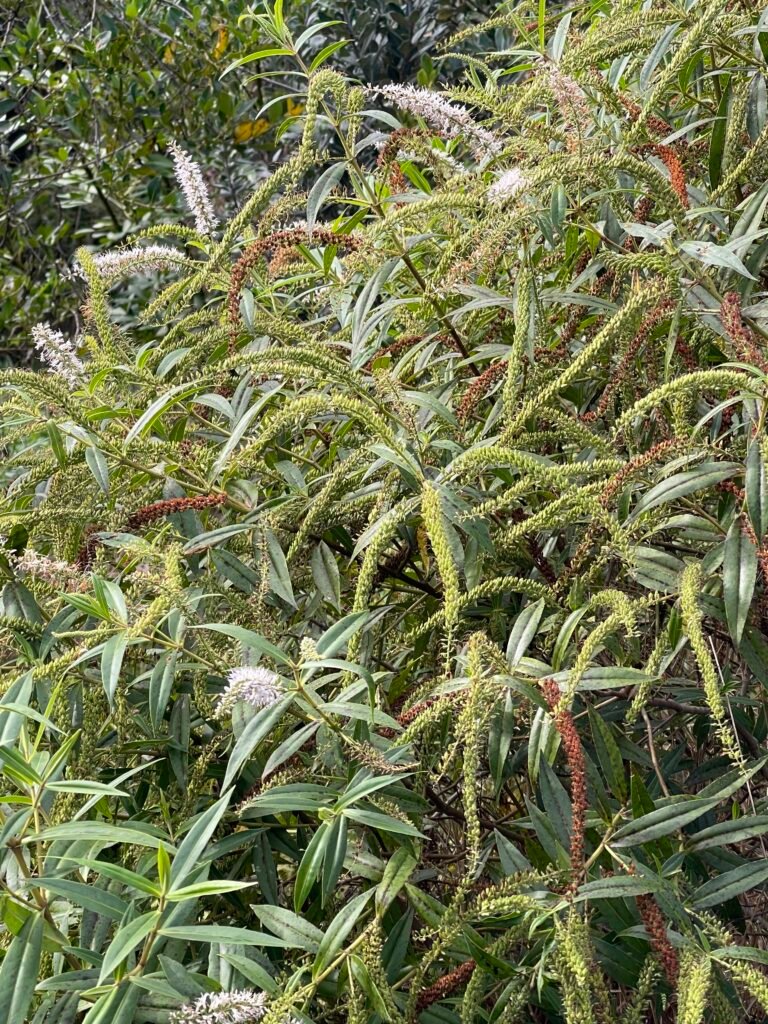

Fungi like coral.
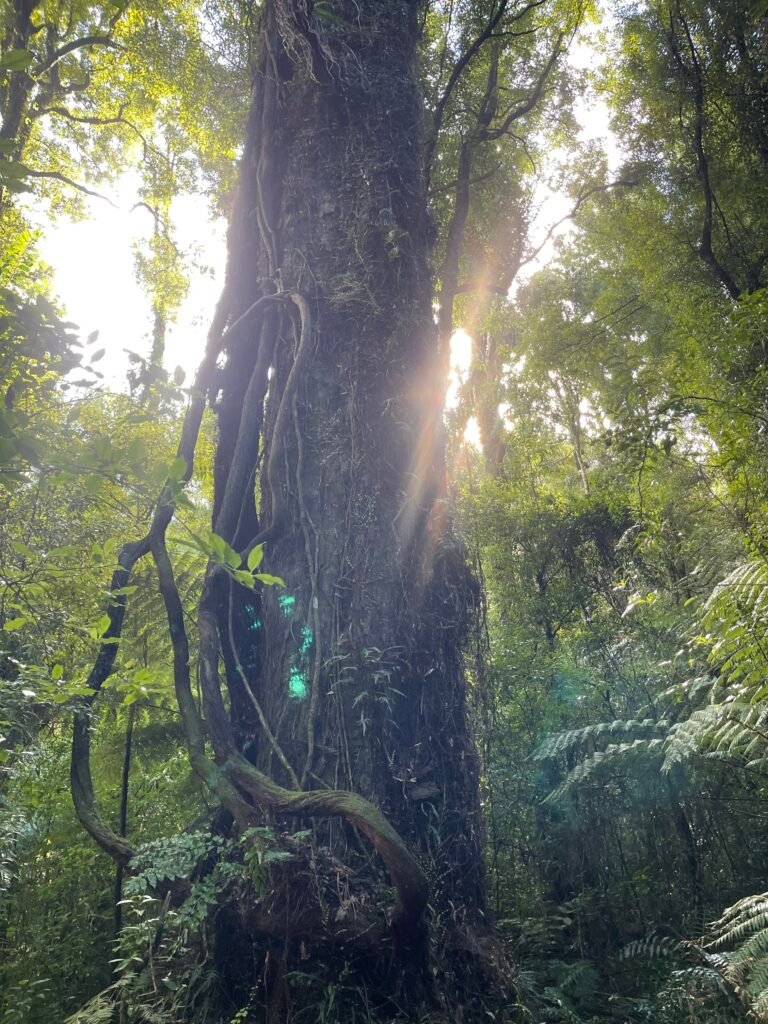
300 year old tree
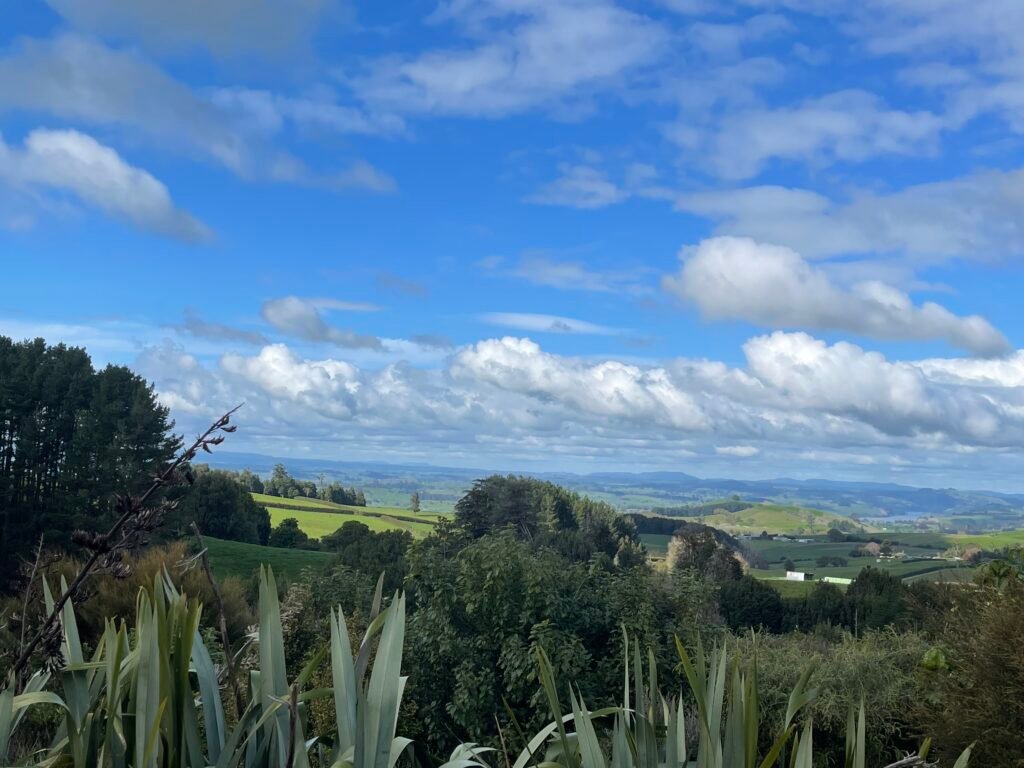
The beautiful landscape outside the forest.
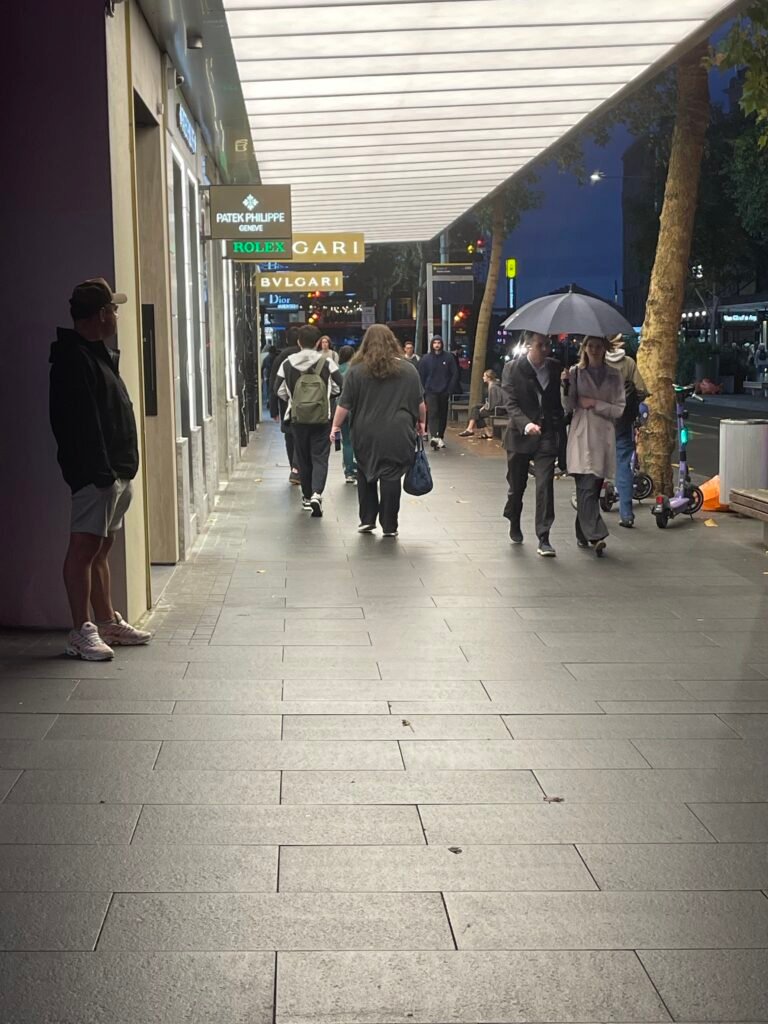
Auckland
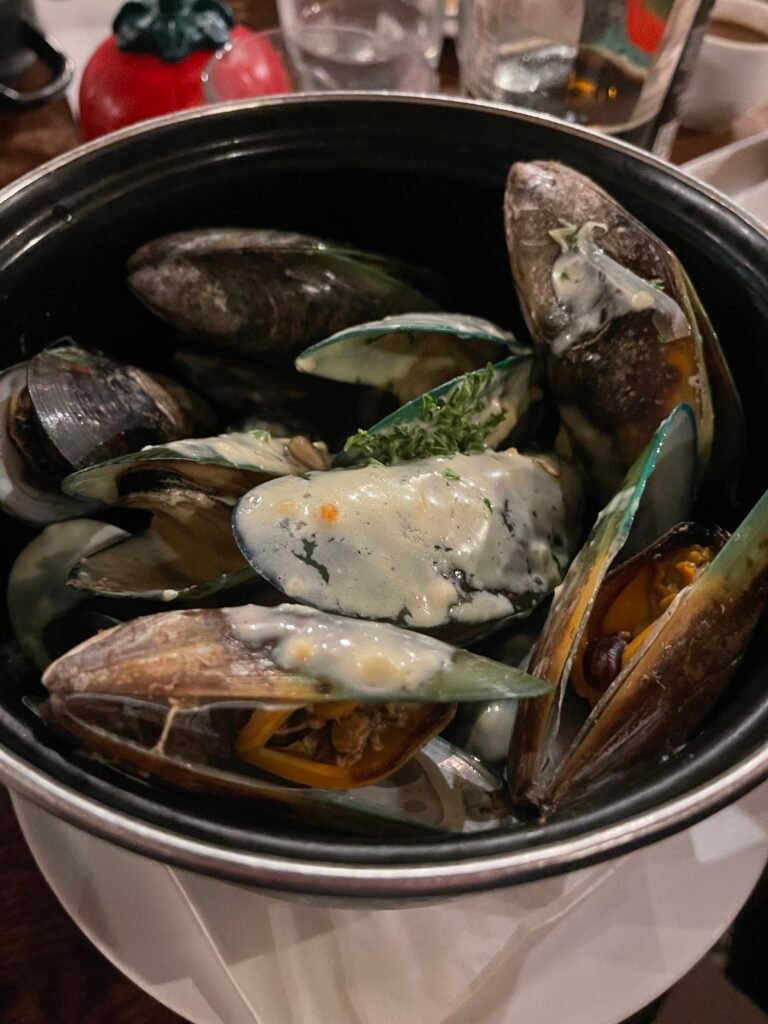
Green-lipped mussels. Delicious!
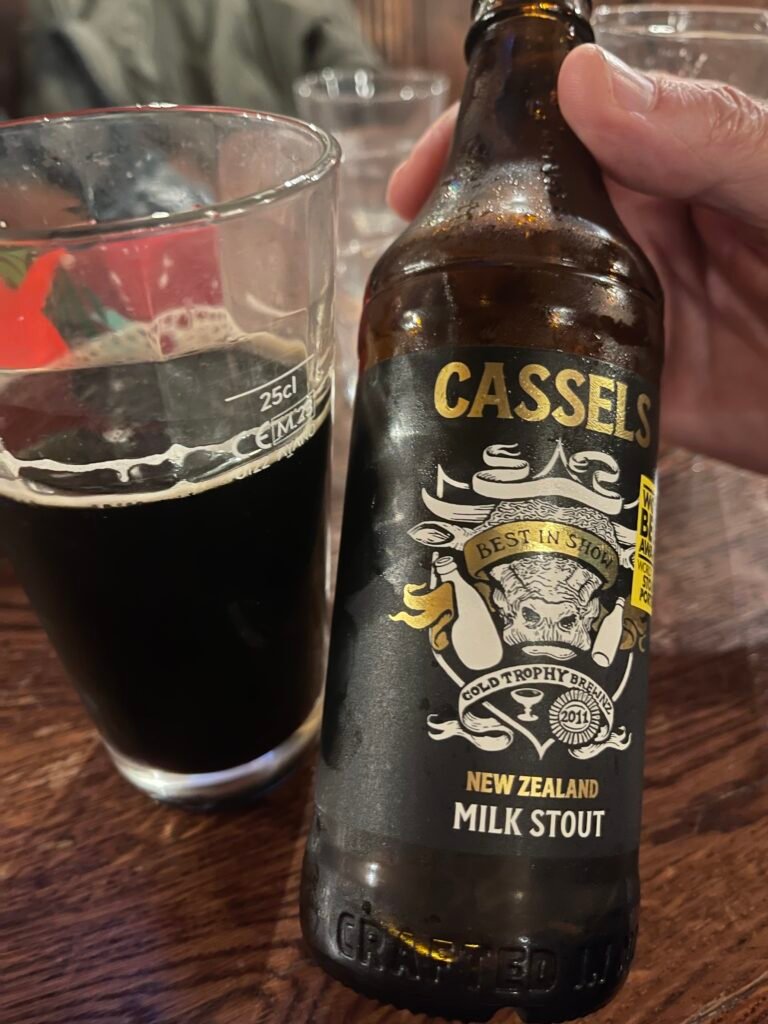
Nice dark stout
